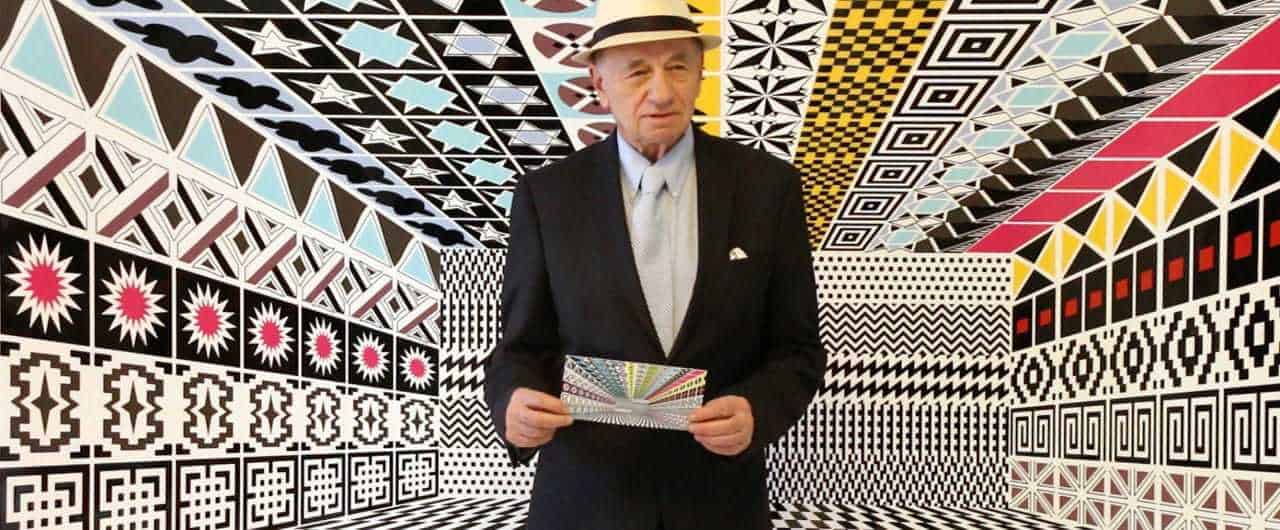PEDRO FRIEDEBERG
I get up at the crack of noon and, after watering my pirañas, I breakfast off things Corinthian. Later in the day I partake in an Ionic lunch followed by a Doric nap. On Tuesdays I sketch a volute or two, and perhaps a pediment, if the mood overtakes me. Wednesday I have set aside for anti-meditation. On Thursdays I usually relax whereas on Friday I write autobiographies”
– Pedro Friedeberg

His best known piece is the “Hand-Chair” a sculpture/chair designed for people to sit on the palm, using the fingers as back and arm rests. Friedeberg began studying as an architect but did not complete his studies as he began to draw designs against the conventional forms of the 1950s and even completely implausible ones such as houses with artichoke roofs. However, his work caught the attention of artist Mathias Goeritz who encouraged him to continue as an artist. Friedeberg became part of a group of surrealist artists in Mexico which included Leonora Carrington and Alice Rahon, who were irreverent, rejecting the social and political art which was dominant at the time. Friedeberg has had a lifelong reputation for being eccentric, and states that art is dead because nothing new is being produced.
Friedeberg belongs to a group of 20th century surrealist artists, which in Mexico include Gunther Gerzso, Mathias Goeritz, Alice Rahon, Kati Horna, Leonora Carrington, Remedios Varo and Paul Antragne, who were grouped together under the name of Los Hartos. They were original, eccentric, irreverent and iconoclastic. His techniques have not changes since he started and themes have changed only a little, as today he includes fantastic animal hybrids in some of his work. He has criticized modern artists saying “Art has died, after surrealism, there is nothing new. He says that people have lost their taste for irony, sarcasm and the absurd.





